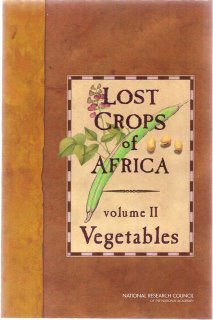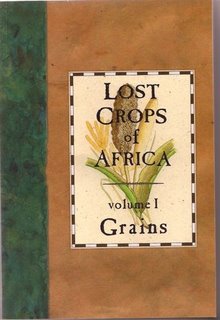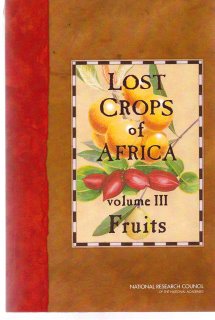Mama's Choice Fufu Flour
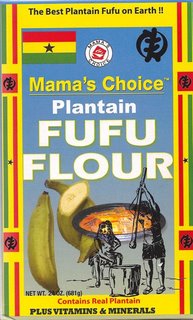
One of the ongoing dilemmas for those outside of Africa is how to reproduce "homestyle" flavor. Last February I mentioned Elisha P. Renne's article in American Anthropologist: "Mass Producing Food Traditions for West Africans Abroad (Dec. 2007, Vol 109, Issue 4, pp 616-625).
For many Ghanaians, soup and fufu is a classic meal in their culinary repertoire. In April, 2006 I posted a blog about and interview with a Ghanaian chemical engineer living in New Jersey, Dr. George (Yaw) Adusei. Dr. Adusei set out to develop a high quality fufu flour in the U.S., using plantain, cassava (manioc), and cocoyam (taro) imported from Ghana. I recently received several boxes of his improved fufu powder requesting me to taste test them and give him feedback.
He has, among other things, changed the design of his boxes and added vitamins and minerals to the plantain fufu flour. One of the things I like about Mama's Choice flour is that in Ghana there is often the issue of quality control. I trust that Dr. Adusei has had his nutritional facts tested by a reputable independent lab, and the portion sizes, calories, etc. make sense, which is not always true with the numbers on boxes from Ghana. Also, I know that he is working to limit and/or eliminate the use of preservatives in his flour.
I like the taste and texture of his product (second only to freshly pounded fufu), though it does seem that the plantain fufu may take a little more water and a few minutes longer in the microwave to cook than the previous brand I was using.
Mama's Choice is the new kid on the block. As a relatively new, small, independent company, it faces a huge challenge in developing its market share in a field currently dominated by a
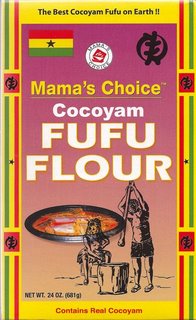 couple of well-known brands and distributors. I encourage you to check out Mama's Choice fufu if you see it in stores, or request that your suppliers order some and give it a chance.
couple of well-known brands and distributors. I encourage you to check out Mama's Choice fufu if you see it in stores, or request that your suppliers order some and give it a chance.More information is available from George Adusei of Adusei Corporation via e-mail at mamaschoice@aduseicorp.com, by phone at 908-757-7530, or on the web at www.aduseicorp.com or www.mamaschoicedistributors.com. Mama's Choice is also available in Ghana. Call 024 444 9440/ 0234 468 3147 or 024 440 1098.
Labels: Adusei, fufu, fufu flour, mama's choice
